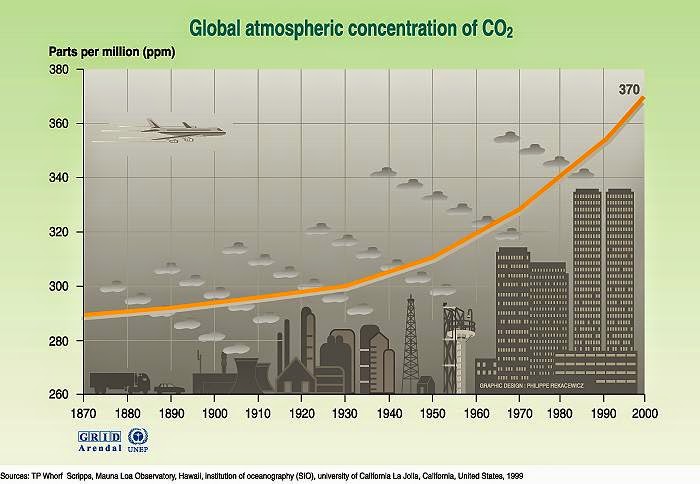California's record drought has been making the news, and its images from NASA have gone viral (above). It's the result of a long-term shift into drought conditions, exacerbated by climate change. However, the unseen tragedy unfolding beneath our feet is the groundwater dessication that's been happening over the years as water has been extracted by wells for urban areas and agricultural use to compensate for growth and development that exceeds the normal capacity of the local aquifers. This is partly because water laws in the western United States are based upon the Homestead Act instead of common law. At this point, the ground beneath our feet has literally no moisture in it, and our trees are beginning to die. This is what a long drought does to natural systems, and it's made exponentially worse by the groundwater retreat throughout our southwestern watersheds.
The groundwater level in the San Bernardino Basin area is at its lowest point in recorded history.That would put it below the previous low recorded in 1964, a period that followed a 20-year drought. A study now reveals that the Colorado River Basin drying up faster than previously thought.In the past nine years, the basin — which covers Wyoming, Colorado, Utah, New Mexico, Nevada, Arizona and California — has lost about 65 cubic kilometers of fresh water, nearly double the volume of the country’s largest reservoir, Lake Mead. That figure surprised the study’s authors, who used data from a NASA weather satellite to investigate groundwater supplies.These groundwater supplies take a century to recover, if ever. As our drought deepens, this situation takes on nightmarish proportions as farmers begin to drill ever deeper to save their unsustainable crops, going far beyond historic well depths.
The grimmest part of this picture is the unregulated fracking that's now taking place in California, since it was allowed starting back when the EPA was restricted by the Energy Policy Act of 2005 that excluded hydraulic fracturing from the Safe Drinking Water Act’s Underground Injection Control’s regulation. The Bush administration was very interested in supporting companies like Texas-based Halliburton in its rape, pillage and burn model. California farmers are alarmed as energy companies outbid ag water districts for resources, the most obscene aspect of the fracking issue. Millions of gallons of groundwater are polluted and used up while agriculture and urban areas go dry. Out-of-state, (primarily Texas-headquartered) energy companies with deep pockets from record profits and the strongest lobby in Sacramento are anxious to extract as much severance tax-free California oil from the ground as quickly as possible.Anticipating that a Democratic two-thirds majority could finally mean an end to their decades long free ride they spent so much political action money achieving, not just Exxon/Mobil, but Texaco, Chevron and British Petroleum are all outbidding agricultural water interests by a 3-to-1 margin.
The California water market has been roiled with skyhigh prices. Some water economists have called for more regulations to keep aquifers from being depleted and ensure the market is not subject to manipulation such as that seen in the energy crisis of summer 2001, when the state was besieged by rolling blackouts caused by the Enron (Texas-headquartered) electrical market manipulations before its scheme imploded.The prices are so high in some rural pockets that water auctions have become a spectacle. For example, the California-based wine industry is fighting to maintain its resources of clean water against these petroleum companies.
Meantime, the California regulators have not seen fit to exercise their oversight of fracking, specifically the Division of Oil and Gas of the California Department of Conservation, probably for longstanding politcal reasons as well as a lack of awareness of its impacts. What has been considered a "bridge" to clean power is actually a "green" road to hell.
Some of many nonprofit groups working with residents to stop fracking in this state are Clean Water Action and the The Environmental Working Group. They act as public advocates to try to shut down the fracking formerly regulated by EPA oversight. They are assisted in cause by the larger national groups such as Earth Justice, the NRDC, and the Sierra Club.
As a result of this unprecedented challenge, a coalition of water districts has formed to manage California's groundwater, known as the Association of California Water Agencies. Their Director says "there is a nervous consensus in the water management world that we have to bite this bullet and deal with the groundwater crisis. There's a lot of angst, but no one is saying don't do it. Our position has astounded a lot of people."
Let's hope for all our sakes that the guys in the white hats win.















